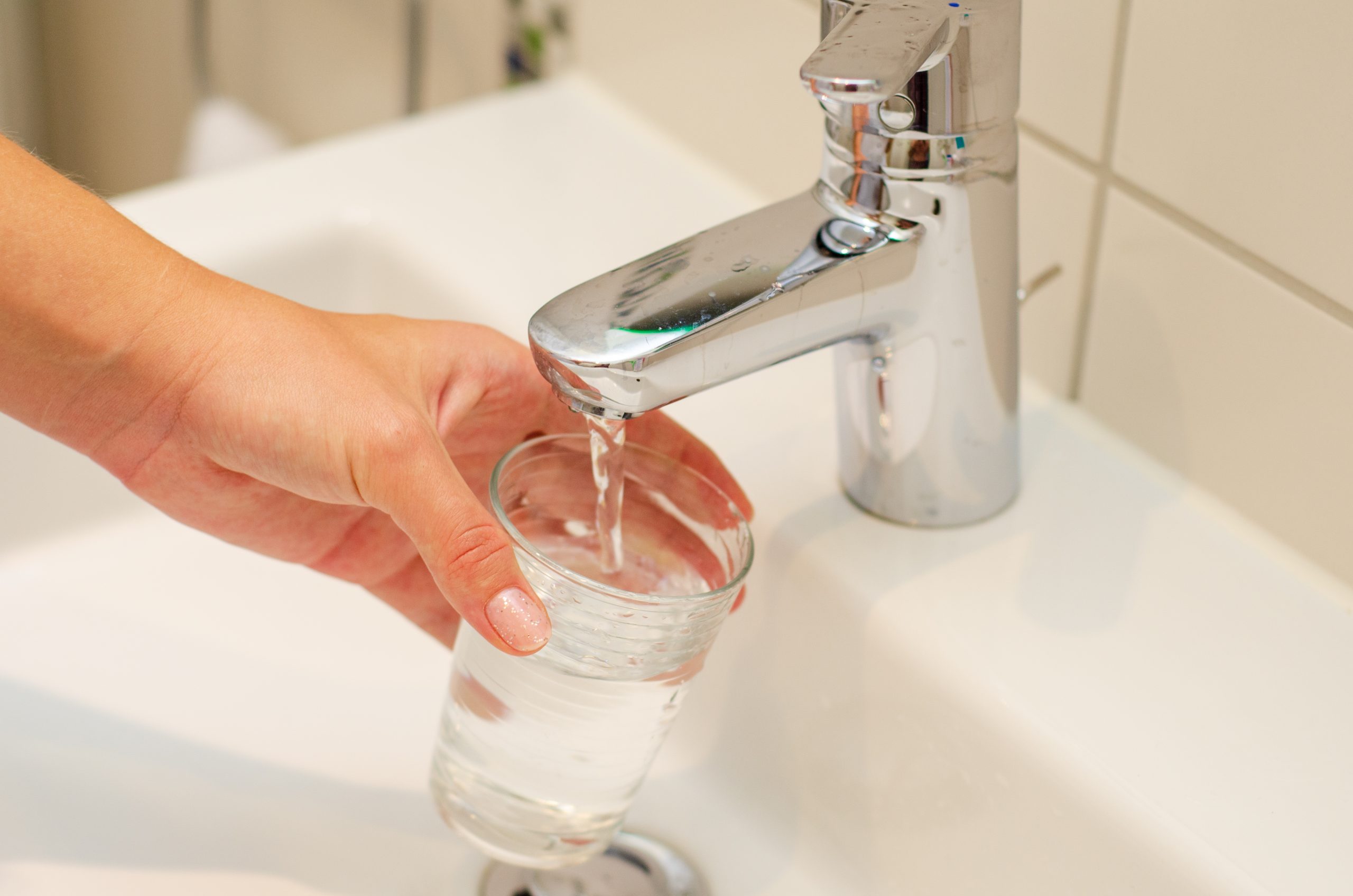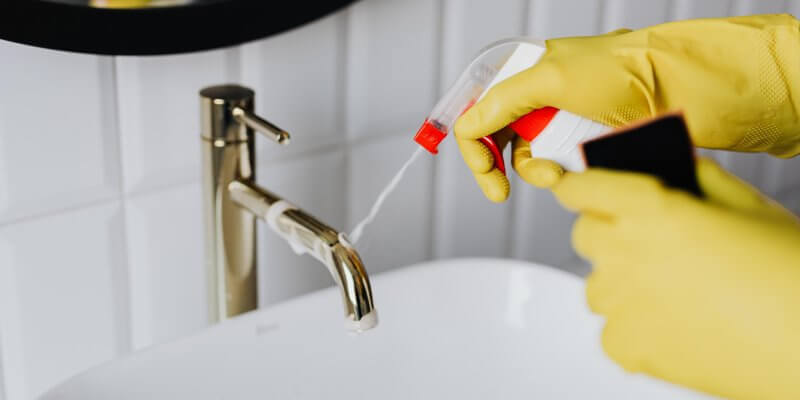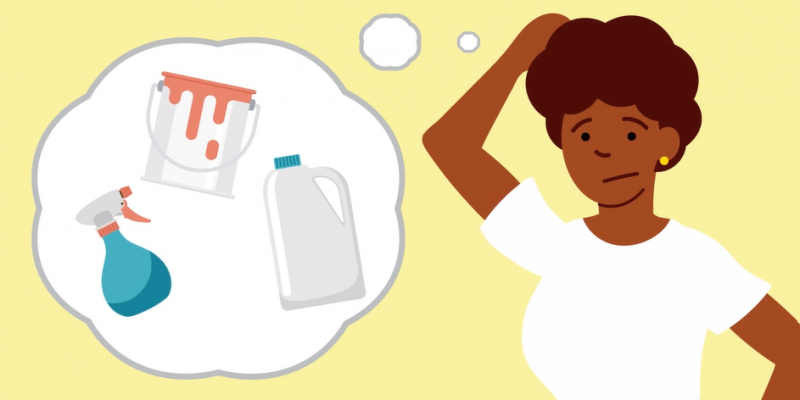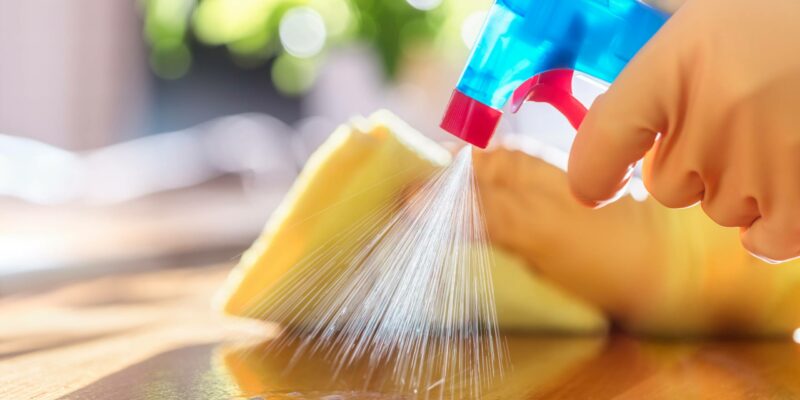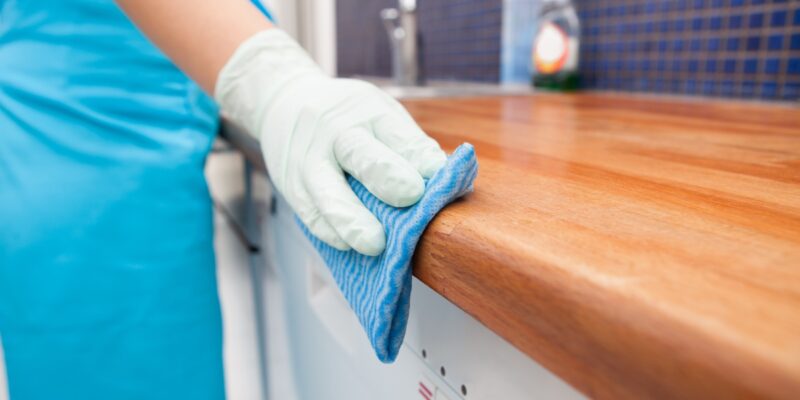Key Points/Overview
Antimicrobials are used in cleaning products, healthcare settings and industrial settings to help kill dangerous bacteria and prevent the spread of infections.
By helping to prevent the growth of unwanted microbes, antimicrobial chemicals can help keep people from getting sick.
Antimicrobial products are regulated by state and government agencies depending on their intended use.
Manufacturers of antimicrobial products must provide the Environmental Protection Agency (EPA) the product label and data on chemistry, toxicology, and efficacy to obtain an EPA registration, which is required before marketing the product.
Uses & Benefits
Every day, products containing antimicrobial ingredients help keep our homes, schools, offices, and other public places clean and hygienic. By helping to prevent the growth of unwanted microbes, antimicrobial chemicals can help keep people from getting sick.
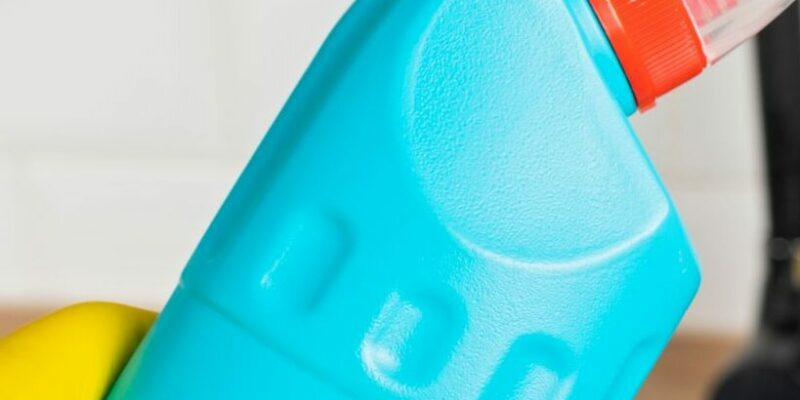
Disinfecting Products
Kitchen counters, office desks, bathroom sinks, and other high-traffic areas in homes and offices may accumulate germs that can make people sick. There is a difference between cleaning, disinfecting and sanitizing. Cleaning products without antibacterial/antimicrobial ingredients will clean the surface, but they will typically not kill the germs on it.
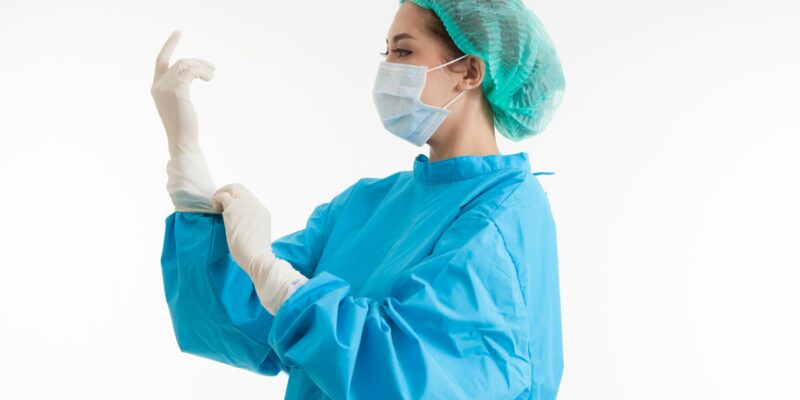
Hospitals and Healthcare Settings
Antimicrobials in disinfectants and sterilizers kill bacteria and viruses to help keep patient, operating, and emergency rooms free of germs. Beyond these critical uses, hospitals and doctors’ offices also use antimicrobial products to help kill germs on floors, walls, and medical equipment. These are the everyday acts that help protect human health and help prevent the spread of infections that would otherwise pose real dangers to patients, doctors, and nurses.
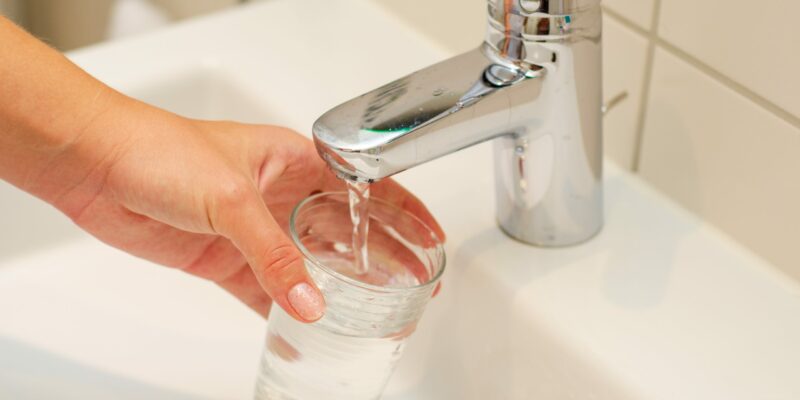
Industrial Settings
Antimicrobial use protects industrial processes, water treatment systems, food processing facilities, and other critical operations. For example, cooling towers, which regulate heating, ventilation, and air conditioning in apartment and office buildings or large industrial facilities, are especially prone to microbial growth. If unchecked and untreated, microbe-infested waters can disperse into the air. Bacteria can also cause slime buildup within the systems resulting in malfunctions. This is why cooling water systems must be treated with antimicrobials to help kill dangerous bacteria that could make people sick and cause costly damage.

Antimicrobial Pesticides
These types of pesticides help slow the growth of human pathogenic microorganisms and are used in food processing plants, dairies, breweries, poultry houses and other animal feeding operations, hospitals, medical and dental clinics and offices, municipal drinking water and water treatment facilities, swimming pools, spas, schools, day-care centers, public access facilities, and homes.
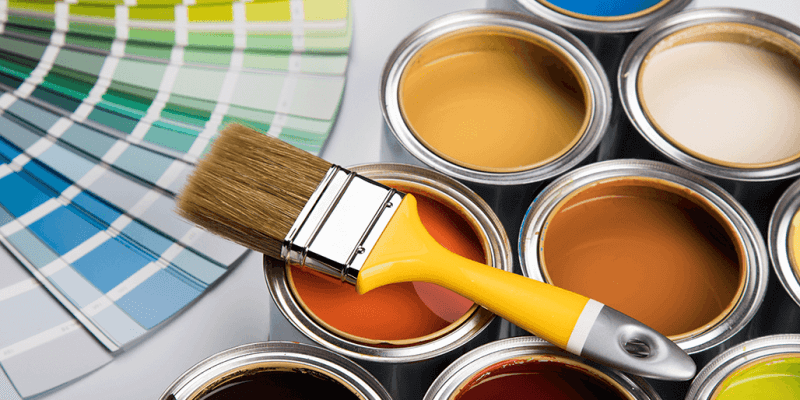
Material Preservatives
Antimicrobial material preservatives are chemistries used in a variety of products to help prevent decay, deterioration and spoilage associated with microbial growth. They can help prevent treated wood from decaying, textiles from developing mold, odors and stains, and water-based products like paint from spoiling. Material preservatives are also used in a variety of household products, such as cosmetics, detergents and dishwashing liquids.
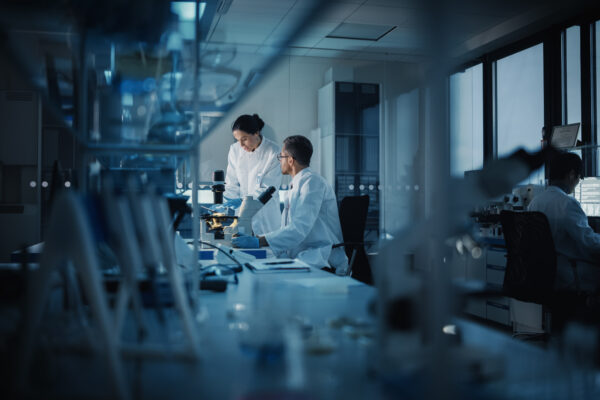
Safety Information
Antimicrobial products are regulated by various U.S. and state government agencies, depending on their intended use.
EPA Regulations
- Antimicrobial pesticides are regulated by the Environmental Protection Agency (EPA) under the Federal Insecticide, Fungicide and Rodenticide Act (FIFRA)
- Antimicrobials found in household and industrial products are regulated as pesticides by the EPA. In order to bring an antimicrobial product to market, it must be approved by the EPA. In its approval process, EPA assesses the effectiveness of the product and the claims made about the product’s intended use.
Antimicrobial products are strictly regulated. Manufacturers of antimicrobial products must provide EPA the product label and data on chemistry, toxicology, and efficacy, in order to obtain an EPA registration, which is required before marketing the antimicrobial product. The label includes a list of the active ingredients, directions for product use, and precautionary and handling information. Among other things, the EPA’s decision to register a product is based on whether that product will perform the specific function for which it is being registered without causing unreasonable risk to human health or the environment.
Antimicrobials 101
Antimicrobials, also known as biocides, help prevent the growth and spread of unwanted microbes. We rely on a class of antimicrobials known as disinfectants to help kill many disease-causing viruses (like the flu), bacteria (examples include E. coli and salmonella), fungi (such as mold) and other microbes before they can make you and your family sick. Disinfectants are used in hospitals, homes, schools, and countless other spaces to help kill germs, help treat drinking water, help ensure products last longer, and help keep manufacturing processes running safely.

